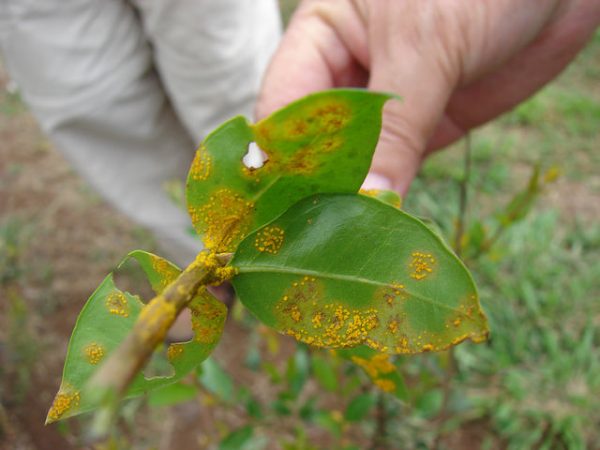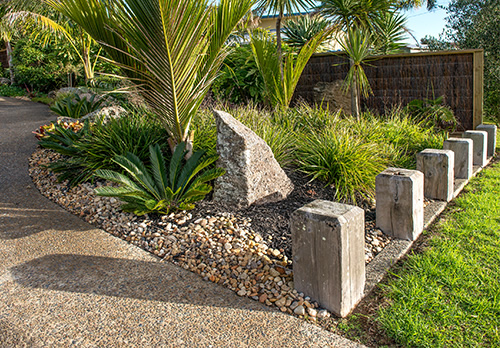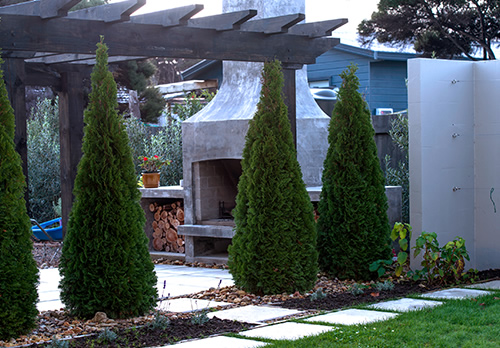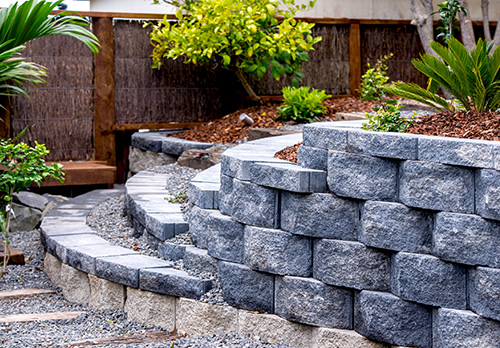
“Myrtle Rust” by Forest & Kim Starr is licensed under CC BY 3.0
If you’re a gardener around the North Island and Tasman regions, look out! Myrtle rust is a serious fungal disease that affects plants belonging to the myrtle family. Plants in the myrtle family include tasty feijoa, pōhutukawa, mānuka, rata, kanuka and ramarama. Your observation and help is vital to the preservation of our native species from fungal infection.
Myrtle rust eats away at the leaves, shoot tips and young stems of trees and bush belonging to the myrtle family. The rust affects flowers and fruit and can result in the death of the infected plant. Myrtle rust is known for being a tough disease to control. The Department of Conservation (DOC) already work very closely with the Ministry of Primary Industries (MPI) to manage the rust but rely heavily on reports and early detection.
Considering some of our natives are affected by myrtle rust, infected plants should be reported immediately to the MPI. If you think you spot myrtle rust, don’t touch it! Touching the infection may actually contribute to spreading the disease.
If you can, isolate the diseased plant with a hoop-like plastic cover. Understandably, not everyone has access to this kind of equipment, so if you can’t cover the plant, don’t worry – MPI will take care of it.
Myrtle rust also spreads with the wind and through fabric, vehicles and equipment so treat this disease very carefully. Spores are microscopic and usually have spread before the fungus is visible. Leave the plant alone and call in to report your sighting. Snap a photo and call MPI immediately. MPI have a disease hotline dedicated to reports like this, so call 0800 809 966.
Sightings of infected plants have been spotted around the Auckland and Wellington regions in November 2017. Early sightings are key to prevention. Young infections are bright yellow, powdery eruptions on the underside of the leaf. Mature infections are still bright yellow and powdery, but are on both sides of the leaf. On older lesions, pustules will have erupted on the leaves, causing a rusty brown/grey look.
Myrtle usually flares up in warmer temperatures of above 10 degrees Celsius, but lies dormant over winter. Springtime will be the real test to check the health of your myrtle plants. Do a visual check of your plants (especially the young ones!) once the weather warms up to see whether you’ve got any signs of myrtle rust. The fungal eruptions love softer, new growth like shoots, buds and leaf surfaces.
If you’re planting one of the myrtle species, be sure to get the best advice from suppliers and experts in the area before making your purchase. Keep a record of which myrtles you’ve planted and where you’ve placed them. Be careful when touching these plants and check regularly in warmer temperatures for any signs of fungal disease.
Reporting is so important to the preservation of our native plants. Community planting groups, nurseries, suppliers and volunteers who are around forested areas adhere to hygiene protocols. Those involved in revegetation or conservation work could accidentally spread spores. Take care to wash thoroughly and avoid cross-contamination through clothing and dirt on hands.
In short, identifying myrtle rust should be an eyes only exercise. If you see what looks like spores or fungal disease on your myrtle plants, take a picture and call through to the MPI pests and diseases hotline on 0800 809 966. Let’s keep New Zealand natives healthy this year!







